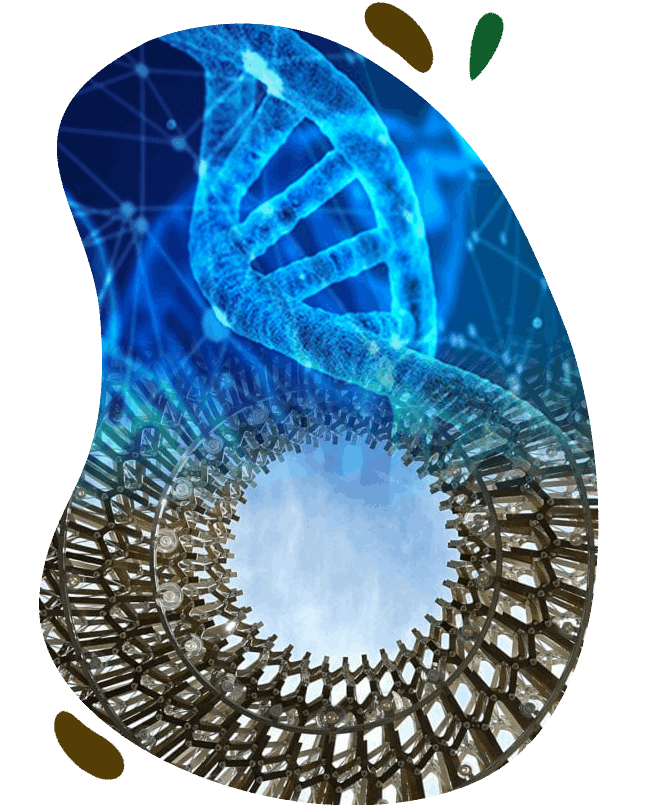MIMICRY INSTITUTE
Vision
Scientists and experts from the professions such as management, business and organization have already started to show more interest in this biomimicry concept, due to the fact that the recent studies around it provide very effective results in design, engineering and especially in innovative product development processes.
As strategist Giles Hutchins stated, conventional management and leadership rules are often ineffective in dealing with rapidly increasing political uncertainty, climate change, hyper-stress and disruptive technologies. So, as the importance of adaptation and innovation for businesses increases, there should be a paradigm shift from mechanical systems to those living ones. Hutchins considers that the mechanical and hierarchical systems based on the data such as optimization and effectiveness are ineffective in the current chaotic circumstances, so it is essential to construct other systems based on dynamic models of sophisticated relationships or biological networks, which can readily be observed in countless examples in nature and life itself.

Given the characteristics of today’s successful managers, it is seen that they are expected to manage many serious and unexpected changes at the same time. The operability of existing leadership and management methods has become more questionable as the severity and scope of these overwhelming changes enlarge. Additionally, there has been a growing need for businesses and organizations to shift to inter-relational and adaptable systems inspired by nature in harmony with the laws imposed upon the life on earth by nature itself. There still remains a need for discovery, perhaps with biomimicry, which makes it possible for organizations both to create value and to make profit without doing any harm caused by fierce competition, and maintain their business life by taking inspiration from nature and prioritizing the humanity rather than economic growth.
In an ideal society, with a learning culture driven by high expectations, all individuals are expected to play a full part, think, question, research and produce. However, for this idealistic vision, they need to access an education system that encourages them to learn, question, research, produce and innovate, and that allow each of them to discover their interests and skills and improve them. Biomimicry, as a branch of science or an academic discipline, may help the individuals to develop their creativity and innovative thinking, which are the parts of the necessary skills for 21st century, by bringing them closer to nature and encouraging them to understand it from a different perspective.
The incorporation of biomimicry courses into the school curriculum along with the STEM (science, technology, engineering, and mathematics), which has become quite widespread in modern schools, will have a significant contribution to awareness building among the next generations as part of the efforts for a scientific and technological edge.
